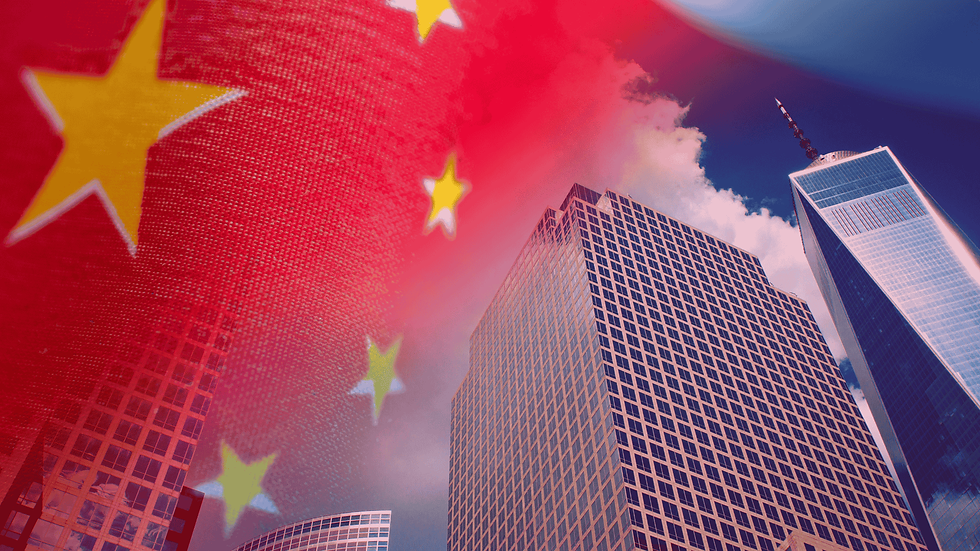Luxury Sales Surge as Affluent Indians Boost Spending
- Bestvantage Team
- Dec 2, 2024
- 2 min read

Affluent Indians are driving a surge in luxury spending, propelling sales for global high-end brands despite a broader slowdown in domestic consumption and challenges in markets like China. Major brands such as Louis Vuitton, Christian Dior, and Hermès have collectively generated ₹1,400 crore in sales in India for the fiscal year ending March 2024, as per filings accessed via business information platform Tofler. This figure represents almost two-thirds of the total sales of Swiss watches in India, which stood at ₹2,074.8 crore between January and October 2024.
A Rising Market
India’s luxury goods market is projected to grow significantly, from an estimated $17 billion in 2024 to about $30 billion by 2030, according to Deloitte India. This growth is attributed to rising incomes, a younger demographic, and an increasing appetite for premium products post-pandemic. While inflation has dampened spending for many consumers, affluent buyers are opting for more valuable and exclusive purchases.
Raahuul Kapoor, founder of Delhi-based consultancy Luxury Ampersand Frolics, remarked, “While overall purchase frequency has declined, the industry is witnessing growth due to consumers opting for higher-value items and price adjustments by luxury brands.”
Performance of Leading Brands
Louis Vuitton: Its India arm reported a 13% revenue increase, reaching ₹811.6 crore in FY24. Net profit also rose from ₹140 crore to ₹149 crore.
Christian Dior: Revenue surged by 45%, reaching ₹265.7 crore, with net profit rising from ₹32 crore to ₹46.8 crore.
Hermès: Known for its iconic Birkin and Kelly bags, the brand recorded a 27% revenue growth to ₹316 crore. Net profit rose 33% to ₹72.7 crore.
Despite these successes, some brands, such as Diesel Fashion India and Paul & Shark, struggled to achieve profitability, highlighting the uneven performance across the luxury sector.
Trends and Challenges
Luxury sales in India are influenced by several factors, including currency fluctuations and international travel trends. The stability of the Swiss Franc has also impacted pricing for certain high-end products. Additionally, rising international travel has encouraged many wealthy Indians to resume shopping abroad, moderating domestic sales.
Retailers report that luxury goods are now 10-15% costlier than the previous year due to price adjustments and currency factors. While the summer of 2024 and general elections temporarily dampened consumer sentiment, industry experts anticipate a strong rebound during the festive season in the latter half of the fiscal year.
Looking Ahead
As the market matures, luxury brands are focusing on offering new experiences and exclusive products tailored to the Indian market. Kapoor highlighted the potential for growth in niche segments, noting his firm’s success in expanding its cigar business and introducing luxury accessory brand S.T. Dupont to India.
Despite some headwinds, the overall trajectory of India’s luxury market remains optimistic, reflecting the evolving aspirations of its affluent consumers.



Kommentare